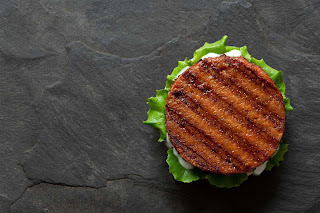What are the characteristics of plant protein from different raw materials?
In the plant food industry, plant meat products are a rising star. Factors such as health and environmental protection have promoted the vigorous development of the plant meat market.
The outbreak of Covid-19 directly catalyzed the rapid development of the vegetable meat industry. KFC and Starbucks have successively launched their own vegetable meat products.
It is understood that the basic production process of plant meat is to use soy protein, wheat protein, pea protein, etc. as the main raw materials, through physical processing methods such as extrusion, to produce silky protein similar to real meat fiber, and then rehydrate, chop and mix. Seasoning, molding and other processes are used to make reconstituted meat.
Some experts also said: "The purpose of extrusion technology is to imitate the fibrous taste of meat. This process sounds easy, but it is difficult to do and requires a lot of experience. Moreover, in addition to the technology itself, your supply conditions and raw materials may have a relatively large impact on the quality and taste of the product. "
So what are the advantages and disadvantages of different raw materials, let us briefly understand.
Advantages: low cost, common and easy to obtain; complete protein (containing 8 kinds of amino acids necessary for the human body); drawing protein is more elastic, and gel emulsification is strong.
Disadvantages: there may be a beany smell; it is a potential allergen.
Pea protein
Advantages: Hypoallergenic, no phytoestrogens.




评论
发表评论